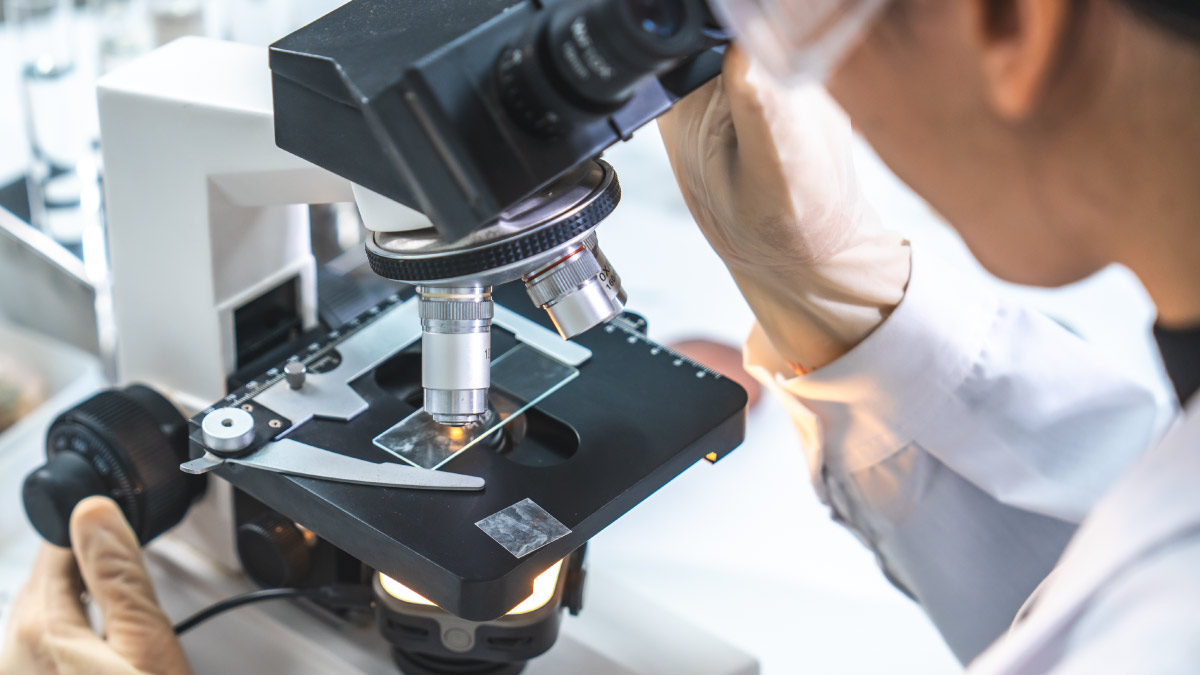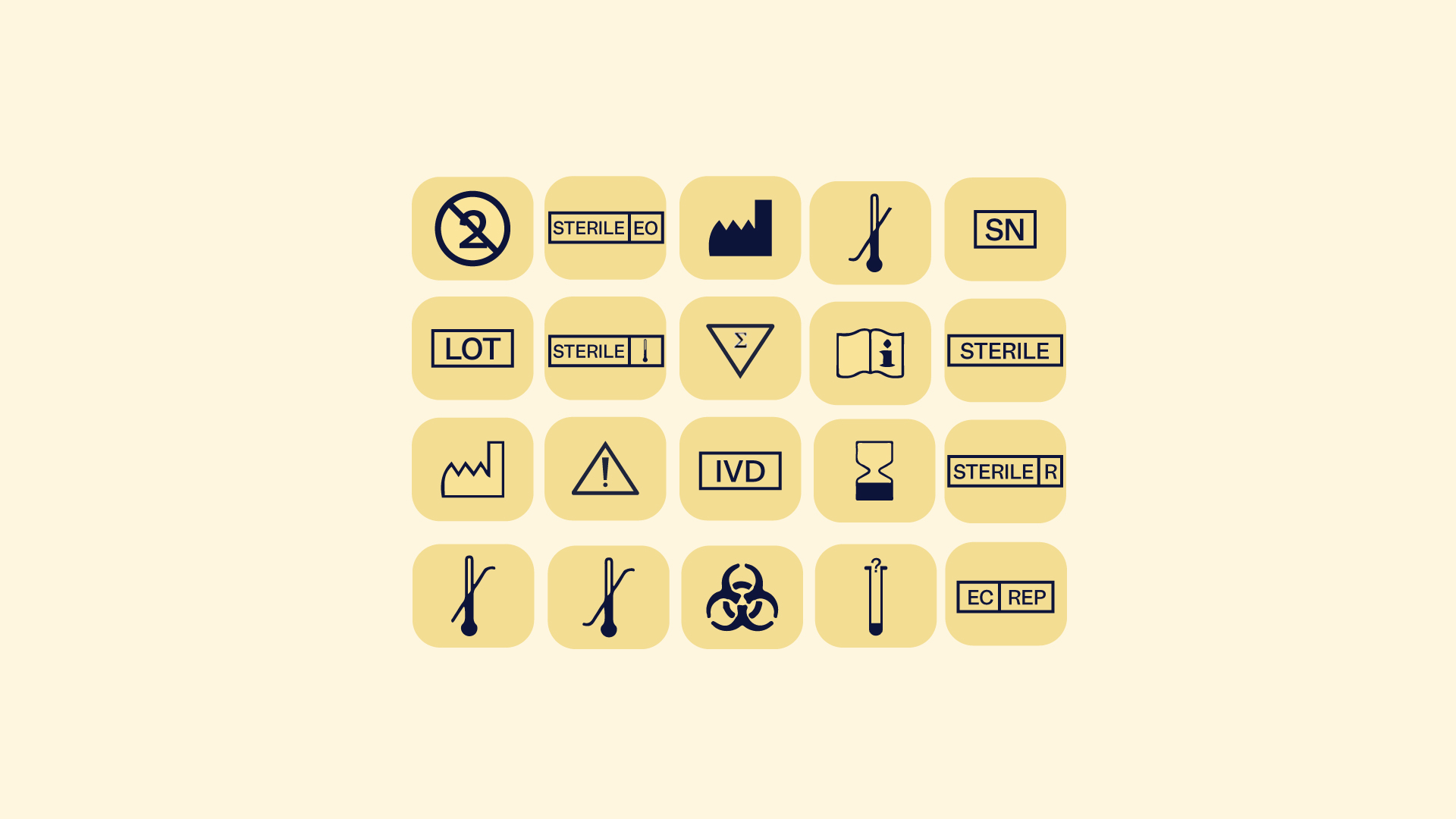
If we were to compare ISO 9001 vs ISO 13485, which one should you adhere to?
But let’s start from the beginning.
ISO standards are some of the most recognized global harmonized standards, along with the standards issued by IEC. They are issued by the International Standards Organization (ISO), founded in 1947 by a global team of delegates to ensure safe, high-quality products.
The medical device industry is represented through ISO 13485:2016, which specifies requirements for the quality management systems (QMS) of manufacturers involved in medical device production and related services. In a similar vein, ISO 9001 details criteria for quality management systems.
But what is the difference between ISO 13485 and ISO 9001?
Don’t fret – we got you! Here, we review the specific differences between ISO 13485 medical device compliance and ISO 9001, and whether your organization should comply with one standard versus the other, or both.

No time to read it all? Here are the key takeaways
- ISO 9001 is a broad QMS standard for any industry; ISO 13485 medical device compliance is specifically for medical device manufacturers.
- ISO 13485 is based on ISO 9001:2008, not the newer 2015 version, to maintain relevance to medical device requirements.
- ISO 13485 emphasizes patient safety, regulatory compliance, and risk management more strictly than ISO 9001.
- ISO 9001 promotes continuous improvement and customer satisfaction broadly, while ISO 13485 focuses on medical device safety and effectiveness.
- Document control, management accountability, and training requirements are significantly more stringent in ISO 13485.
- ISO 9001 is not sufficient for medical device compliance; medical device manufacturers must follow ISO 13485.
- Large organizations may adopt both standards: ISO 9001 corporately, ISO 13485 for manufacturing.
- QMS Software for ISO 13485: An eQMS like Scilife helps unify documentation, automate workflows, and manage compliance efficiently.
ISO 9001 compliance
ISO 9001 was first issued in 1987; the latest version was released in 2015. It is a series of standards that describe the requirements for quality management systems in businesses in any industry and sector of any size. Organizations can be certified to ISO 9001 to demonstrate that they can consistently provide products and services that meet customer and regulatory requirements.
The goal of ISO 9001 is to provide processes for documenting and evaluating the aspects required in an effective quality management system, such as:
- General QMS requirements, such as documenting and planning.
- Management responsibilities and leadership engagement.
- Human resources, work environment, and management of resources.
- Product lifecycles, from design to delivery.
- Evaluation and improvement of the quality management system, including audits and corrective and preventive actions.
ISO 13485 compliance
ISO 13485 was first issued in 1996 and was last updated in 2016. It was based on the quality requirements of ISO 9001 but has since evolved into its own increasingly different standard. ISO 13485 describes QMS requirements and procedures in the medical device industry. When comparing ISO 9001 vs ISO 13485, of note is the focus on patient safety by ensuring consistent medical device development and manufacturing processes and implementing the processes to adhere to applicable regulatory requirements.
Certification to ISO 13485:2016 is a surefire way of demonstrating the quality of your QMS if you are considering CE marking in the EU. Likewise, the ISO 13485 certification is accepted as proof of a high-quality QMS in most markets worldwide.
Recommended learning: Discover the top 5 Scilife features to help you earn ISO 13485 certification with ease!
Why is ISO 13485 based on an older version of ISO 9001?
Although the last revision of ISO 9001 was published in 2015 and supersedes the previous 2008 version, ISO 13485 is still based on ISO 9001:2008. The ISO 9001:2015 update included many new requirements, such as identifying the organization’s context, the upper management’s leadership, managing resources, and focusing on performance evaluation and process improvements.
However, as the changes were irrelevant to the medical device industry, the ISO 13485 standard was not updated in alignment with these new ISO 9001:2015 requirements. It, therefore, remains based on the ISO 9001:2008 standard.
To learn more, check out the short course on ISO 13485:2016 structure, clauses, and key concepts:
ISO 9001 vs ISO 13485
So, when comparing ISO 9001 vs ISO 13485, we can see a few similarities, including:
- They both aid organizations in quality management.
- Both focus on risk mitigation and assessment.
- Both start the product realization with determining customer needs.
- Both emphasize the use of appropriate statistical techniques for data-driven actions.
- Both standards use the Plan Do Check Act (PDCA) Deming cycle.
- Both standards focus on quality infrastructure and resource management.
- Employee competency is also a strong focus for both standards.
That said, what is the difference between ISO 13485 and ISO 9001?
What is the difference between ISO 13485 and ISO 9001? Mainly that whilst ISO 9001 provides specifications for quality management across all industries, the ISO 13485 framework applies specifically to medical devices.

ISO 13485 builds on ISO 9001 compliance requirements, adding unique features that are specific to the medical device industry. For instance, it features medical device terminology, requirements for clinical and performance evaluations, procedures for collecting customer feedback, and records of corrective and preventive actions, among others.
Some of the additional requirements are:
Risk management
When comparing ISO 9001 vs ISO 13485, we find out that, while ISO 9001 compliance is also focused on risk management strategies to minimize risks to users, ISO 13485’s fundamental framework is deeply infused with risk management to ensure patient safety, emphasizing a risk based approach to quality management. In fact, in the new 13485:2016 version, the term "risk" appears ca. 40 times!
QMS responsibilities
ISO 9001 defines a QMS as the framework of policies, processes, and procedures needed to plan and operate core business functions. To achieve certification or a CE mark, organizations must fulfill all standard requirements, including documentation. ISO 13485 expands on ISO 9001 by emphasizing the manufacturer’s responsibility to maintain QMS effectiveness and includes stricter controls for documentation and records.
Document control
ISO 13485 delves deep into document control related to the medical device industry and the elaboration of regulatory documentation. The standard has higher demands for document control and records than for ISO 9001 compliance. Medical device companies only need to concern themselves with ISO 13485:2016 when manufacturing and distributing medical devices, not ISO 9001.
Management roles
While ISO 9001 permits management to delegate quality responsibilities without specifying roles, ISO 13485 medical device compliance mandates assigning clear accountability within the management team for each QMS element. Additionally, it requires medical device manufacturers to ensure managerial commitment to regulatory compliance and staying current with applicable cGMP updates.
Product requirements for ISO 9001 vs ISO 13485
ISO 9001 vs ISO 13485 emphasizes product realization through effective policies and procedures, using customer needs as the primary measure of quality. ISO 13485 builds on this by introducing more detailed requirements to enhance safety and customer satisfaction. It places greater emphasis on validating processes, equipment, cleanliness, and risk management throughout the product lifecycle.
Continuous improvement
ISO 9001 compliance emphasises continual improvement to boost customer satisfaction and organizational processes. ISO 13485, on the other hand, prompts organizations to focus on continuous improvement to maintain QMS suitability and effectiveness, as well as medical device safety and performance. These different approaches could change organizational goals slightly, with ISO 13485 being clearly more targeted towards medical device manufacturers.
Training procedures
ISO 9001 requires personnel to be competent and that training is provided as needed, but does not prescribe how. In the meantime, ISO 13485:2016 requires not only competence but documented procedures for identifying training needs, conducting training, and assessing effectiveness, especially for activities that affect product quality and regulatory compliance.

ISO 9001 vs ISO 13485: Which standard should I comply with?
Even though both ISO 9001 and ISO 13485 standards deal with quality management systems, they cannot be swapped around with each other, both having different scopes, focuses, and structures.
When to comply with ISO 13485 medical device compliance
As a medical device manufacturer, you should comply with ISO 13485, regardless of company size or device risk classification. ISO 13485 applies to medical device manufacturers of all levels, whether you manufacture ankle braces or 3D-printed orbital implants.
While the EU Medical Device Regulation does not directly require compliance with ISO 13485, most medical device manufacturers choose to obtain ISO 13485 certification before starting on the path to the CE mark.
The FDA does not currently require ISO 13485 for the US market. Manufacturers are still required to comply with 21 CFR 820 (the Quality System Regulation) until February 2, 2026, when it will be replaced by the Quality Management System Regulation (QMSR).
The QMSR will incorporate ISO 13485:2016 by reference, with a few FDA-specific requirements. Even so, adopting ISO 13485 now provides an excellent foundation for compliance in the U.S. and internationally, and is far from wasted effort.
When to comply with ISO 9001 vs ISO 13485
ISO 9001 cannot be used to demonstrate QMS compliance as a medical device manufacturer. Only companies outside the medical device industry should comply with ISO 9001 as an assurance of the quality of their QMS.
When to comply with both 9001 and 13485
Many larger companies choose to comply with both standards. For example, a global multinational medical device manufacturer can choose to comply with ISO 9001 on a corporate level and with ISO 13485 on a manufacturing level. It ensures the company’s QMS on both a corporate and administrative level, as well as a manufacturer of medical devices.
While most manufacturers obtain ISO certification for regulatory or marketing purposes, it is worth noting that having a well-established and certified quality management system significantly enhances the quality of your products and the well-being of your employees. In the case of ISO 13485, compliance also goes a great way toward ensuring the safety of patients and users and minimizing risk.
eQMS software for ISO 13485 medical device compliance
While eQMS software has proven to be highly effective for managing quality across various industries, it is especially valuable for meeting the requirements of ISO 13485 in the medical device sector.
ISO 13485 calls for continuous improvement initiatives, comprehensive training, assessment of customer and product requirements, risk management, and other quality-related activities—all aimed at ensuring the development of safe, effective, and compliant medical devices.
An eQMS built with ISO 13485 in mind can greatly simplify quality management by unifying documentation, quality tasks, and processes through automated workflows. This helps medical device organizations remain compliant, strengthen their quality systems, and streamline the complex requirements of ISO 13485, including the achievement of key certifications and regulatory markings.
Conclusion: Comparing ISO 9001 vs ISO 13485
Scilife has been designed in accordance with ISO 13485 as well as ISO 9001 compliance. So, although medical device manufacturers only need to worry about meeting ISO 13485, Scilife makes it possible to have a QMS that is efficient enough to become fully compliant with both standards.
Scilife is a platform that is tailored to address your exact medical device regulatory requirements. To discover what Scilife can do for your organization, get in touch with our experts who would be happy to show you around.
Make sure you comply with all legal requirements for medical devices with Scilife Smart QMS!
FAQs
What are the 7 basic principles of ISO 9001?
The seven principles of ISO 9001 provide guidance for establishing and maintaining a strong Quality Management System (QMS): Customer Focus, Leadership, Engagement of People, Process Approach, Improvement, Evidence-Based Decision Making, and Relationship Management.
What does it mean to be ISO 9001 certified?
Being ISO 9001 certified means an organization has implemented a robust QMS that meets the standard's requirements. It demonstrates a strong commitment to delivering products or services that meet both regulatory requirements and customer expectations.
What are the 6 key documents required by ISO 9001 compliance?
While ISO 9001 compliance involves over 20 required documents, six key ones form the backbone of a strong QMS and ensure commitment to customer satisfaction:
-
Control of Documents
-
Control of Records
-
Internal Audit
-
Control of Nonconforming Products
-
Corrective Action
-
Preventive Action
Is ISO 13485 mandatory in Europe?
ISO 13485 is not legally mandatory in Europe. However, it is highly recommended, as it is recognized by regulatory bodies like the FDA and simplifies compliance with the EU Medical Device Regulation (MDR), particularly its QMS requirements.
Do you need ISO 9001 if you have ISO 13485 medical device compliance?
Not necessarily. ISO 9001 vs ISO 13485 provides broad QMS standards applicable across all industries, while ISO 13485 is specific to medical device manufacturers and often required by regulators. Organizations can choose the standard that best fits their operations—some, particularly larger companies, opt to implement both.
Does ISO 9001 apply to medical devices?
ISO 9001 can be applied to medical devices, but it is not the primary standard. It has a broad scope across industries. ISO 13485, on the other hand, is tailored to the unique regulatory, safety, and quality needs of the medical device industry.
How much does it cost to get ISO 13485 certified, and how long does it take?
The cost of ISO 13485 certification varies depending on factors such as company size, scope of certification, use of external consultants, QMS infrastructure costs, audit expenses, and certification body fees. Typical costs range from $15,000 to over $100,000. Implementation time can vary from 3 to 12 months, depending on the organization’s size and readiness.
How do you prepare for an ISO 13485 audit?
To prepare effectively for an ISO 13485 audit:
-
Develop a comprehensive QMS aligned with the standard.
-
Maintain complete and traceable documentation.
-
Train staff regularly.
-
Conduct internal audits and risk assessments.
-
Ensure all processes are clearly documented and consistently followed.
For full readiness, conduct a gap analysis to identify areas for improvement, and make sure everyone involved understands the standard’s requirements.









